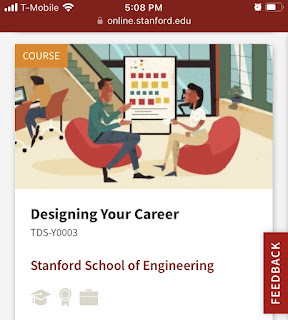America’s Poverty & Inequality Course
Part of our sabbatical plan, in addition to volunteering and educational travel, is the completion of three courses offered through Stanford University. The first course is America’s Poverty and Inequality Course. It is offered through an online format, which you complete at your own pace.
We have scheduled ourselves for a Monday, Wednesday, Friday format, in which we watch the lectures, complete the discussion questions and debate the information with each other. Below, you will find the outline of one of the chapters.
The individual lectures, by the experts, are engaging. However, we have noticed that this course has, thus far, had almost no people of color presenting. This is an interesting approach for a course on inequality offered by an elite university. We are halfway through the course, at this time. We look forward to the second half.
We have now completed our first course. There were very few people of color or different financial status throughout the course. There were a lot of studies done on inequality and most of the findings are things we have learned throughout our time at CCP.
People garner a lot from those around them. You cannot take this course without having the nature/nurture debate arise. However, a lot of the presenters wanted to avoid this debate in order to put an emphasis on institutional responsibilities and recommendations. Institutions can make changes, for sure, but ultimately educational and hiring institutions can only do a limited amount and then individuals either conform or don’t. How do we get people to value the same things that make people earn more, and how does a dialogue take place to make things more accessible? This is the truly difficult question to get resolved. It does not get resolved in this course.
We went to a variety of places this Fall and we were hoping we would find some resolution to the problems of poverty and inequality. The problem of difference was not resolved in any land we traveled. If people were different, those differences were exacerbated in hiring and lifestyles were different in cities and villages. We are still working in our own ways to create an equivalent world.





Comments
Post a Comment